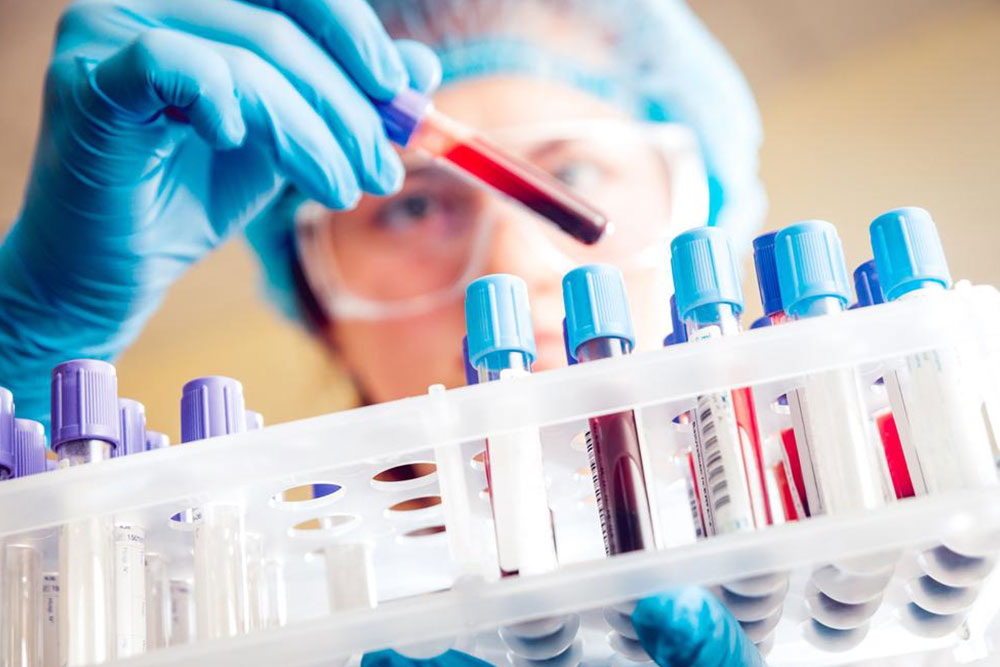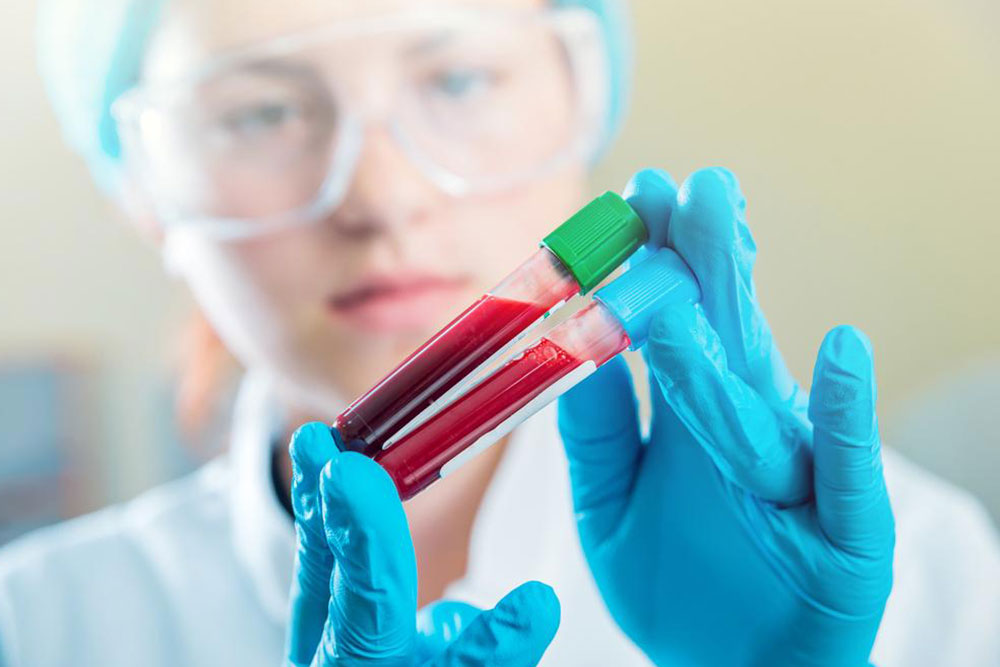Elevated Monocyte Levels: Causes, Symptoms, and Treatment Strategies
Elevated monocyte levels, or monocytosis, can indicate infections, immune disorders, or blood cancers. This article covers causes, symptoms, diagnostic tests such as CBC and blood smears, and treatment options including addressing underlying conditions. Lifestyle tips like balanced diet, stress management, and regular exercise can help maintain healthy monocyte counts. Consulting healthcare professionals is essential for proper diagnosis and management of high monocyte levels.

Understanding Elevated Monocyte Levels: Symptoms, Diagnosis, and Management
Monocytes are a subset of white blood cells that play a key role in defending the body against infections by removing bacteria, dead cells, and help in immune responses. Usually, they represent a small part of the total white blood cell count, around 2-8% (or 100 to 700 per mm3).
What is monocytosis?
It occurs when monocyte levels in the blood surpass normal thresholds. This condition is often linked to infections, autoimmune diseases, blood disorders, or certain cancers.
Various factors such as endocarditis, tuberculosis, malaria, syphilis, immune system disorders, sarcoidosis, viral infections, bone marrow recovery, stress, heart attacks, splenectomy, or blood cancers can lead to increased monocyte counts.
Signs and Symptoms
Many with high monocytes may experience no noticeable symptoms. When symptoms do appear, they typically reflect the underlying cause and can include:
Fatigue
Weakness
Swelling
Fever
To confirm elevated monocyte levels, doctors perform a blood differential test, analyzing the proportions of various white blood cells to identify abnormalities. Normal ranges for other white blood cells include:
Basophils: 0.5-1%, involved in releasing histamine during allergic responses.
Eosinophils: 1-4%, help combat parasitic infections and contribute to allergic reactions.
Lymphocytes: 20-40%, produce antibodies against bacteria and viruses.
Neutrophils: 55-70%, the primary defenders against bacteria and fungi, comprising the majority of white blood cells.
Band cells: 0-3%, immature neutrophils involved in early infection response.
An elevated monocyte percentage (above 10%, or over 800 per mm3) may signify an immune response to infection or other health issues.
Diagnostic and Treatment Approaches
Diagnosis involves physical exams and additional tests like chest X-rays, blood smears, urine and blood cultures, throat swabs, or bone marrow biopsies. These help identify the underlying cause. Common tests include:
Complete blood count (CBC): Assesses overall white blood cell levels.
Peripheral blood smear: Microscope analysis of blood cell morphology.
Absolute monocyte count: Measures actual monocyte numbers to determine if levels are elevated.
Treatment depends on the root cause, which may involve:
Managing symptoms of infections, using antibiotics for bacterial causes.
Cancer treatments like chemotherapy, radiation, or stem cell transplants for blood cancers.
Addressing parasitic infections through prescribed medications.
In cases like leukemia, regular blood monitoring is essential to assess treatment progress.
Tips for Maintaining Healthy Monocyte Levels
Regular exercise: Can support immune health and help regulate monocyte counts.
Anti-inflammatory diet: Consuming foods like olive oil, leafy greens, berries, nuts, and fatty fish can reduce inflammation, influencing monocyte levels. Avoid processed foods, red meats, refined carbs, and sugary drinks.
Stress reduction: Adequate rest and stress management contribute to immune balance.
Monitoring a high monocyte count is vital as it may signal serious infections or other health issues. Consulting a healthcare professional is recommended for proper diagnosis and management.










